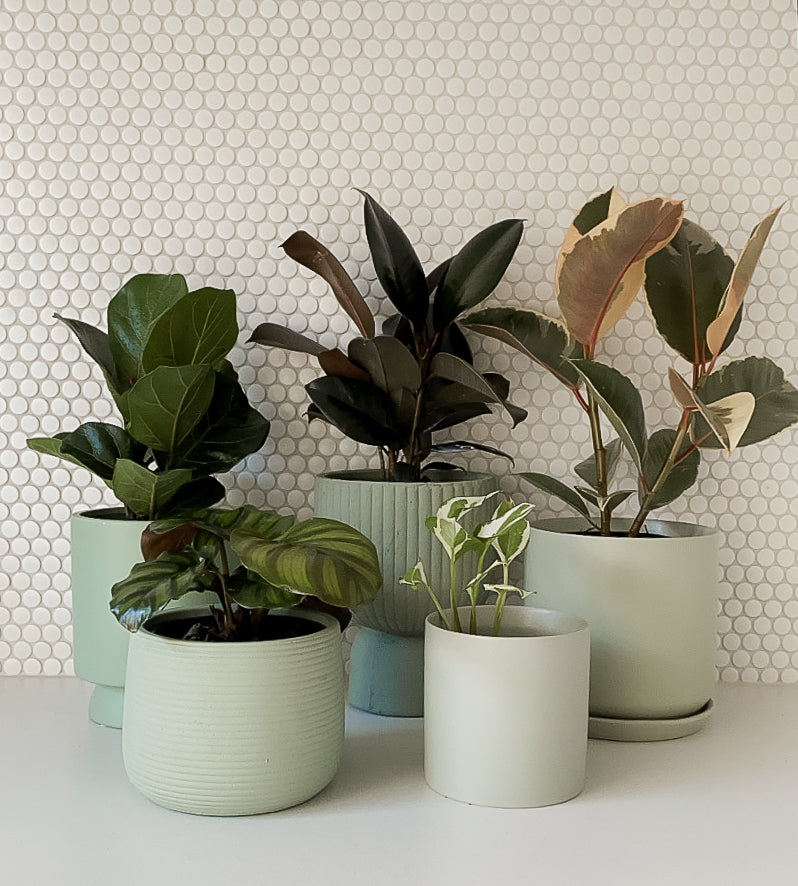Essential Indoor House Plant Care in Spring
As the days grow longer and the warmth of spring approaches, it's the perfect time to refresh and repot your indoor plants, ensuring they thrive during this vibrant season. Indoor house plant care becomes particularly crucial now, as plants awaken from their winter dormancy and require adjustments to their watering schedules, light exposure, and overall maintenance. In this guide, we will explore 5 ways to take care of plants, offering essential tips on repotting for better growth and adapting to the specific light requirements of the changing weather. Contact us today for a Plant Styling appointment and discover more personalised tips to help your greenery flourish beautifully throughout spring.
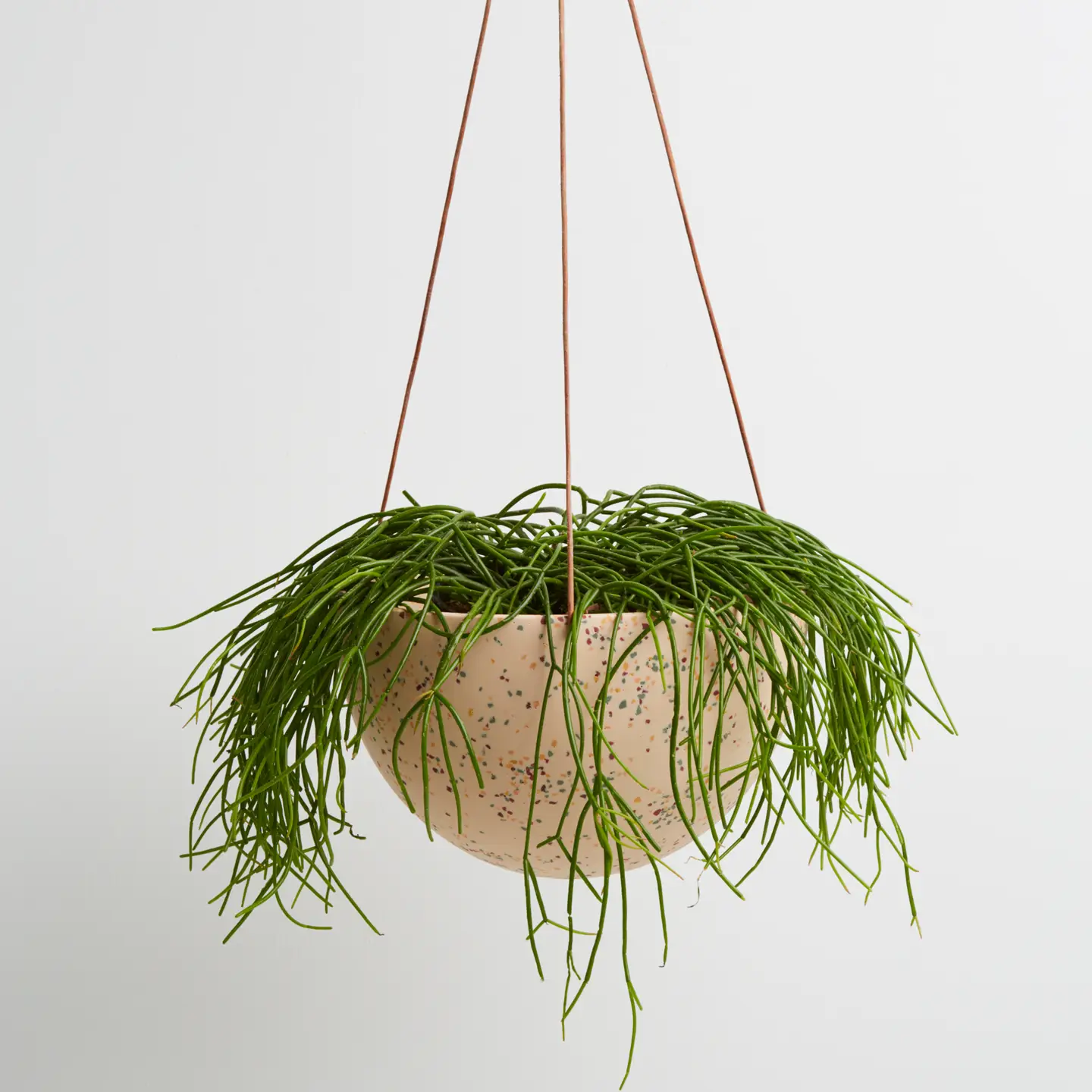
Adjust for Warmer Days and refresh your watering schedule
As temperatures rise with the onset of spring, your indoor plants will likely require more water. Increased warmth and longer daylight hours lead to faster evaporation and greater water consumption by plants. To adjust your watering schedule, monitor the soil moisture more frequently. Stick your finger about an inch into the soil; if it feels dry, it's time to water. Be cautious not to overwater, as it can lead to root rot. Instead, aim for consistent, moderate moisture levels. Additionally, consider using a moisture meter to get accurate readings and help maintain an optimal watering routine. By adjusting your watering habits to accommodate the warmer days, you can ensure your indoor house plants stay hydrated and healthy throughout the spring season.
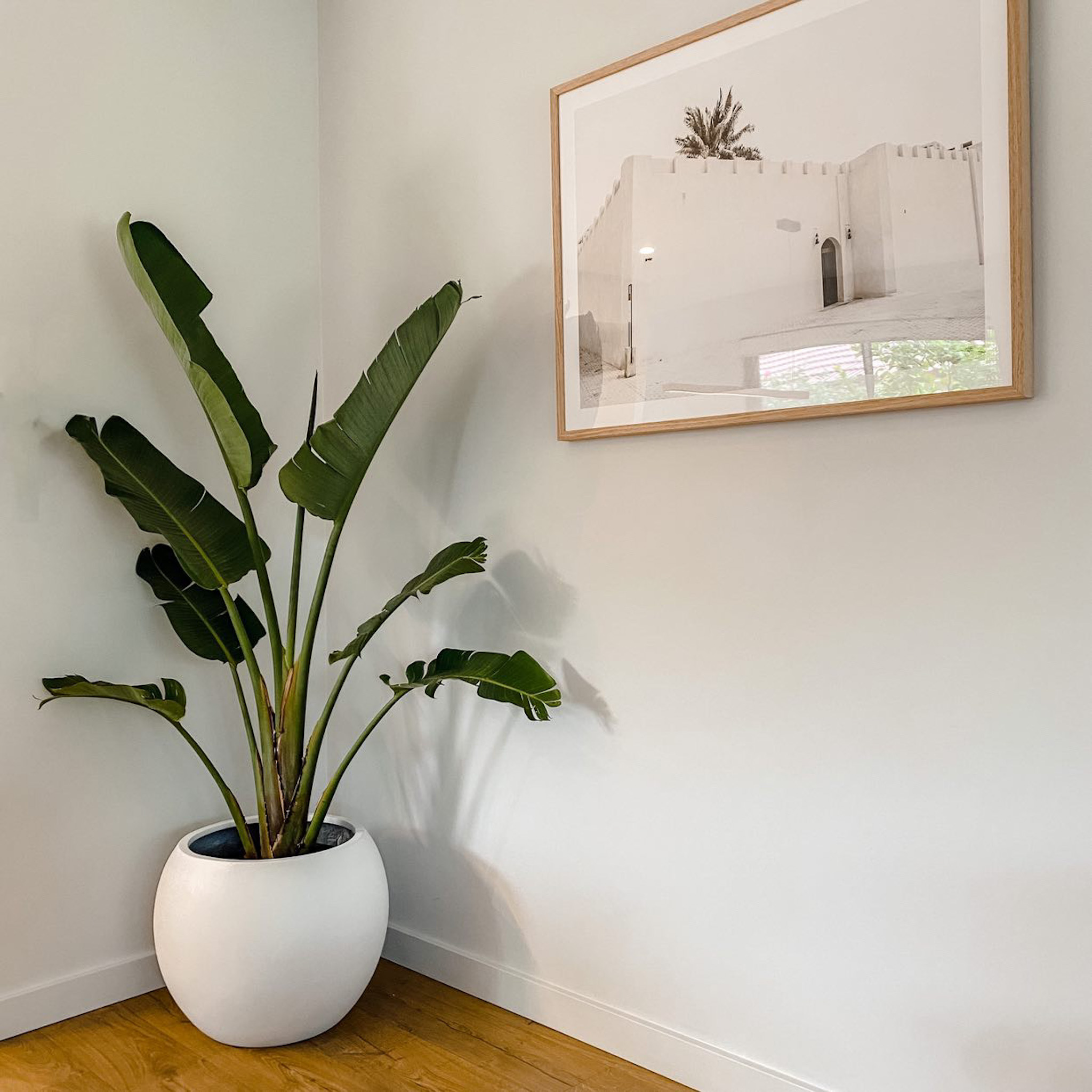
Monitor Soil Moisture
Monitoring soil moisture is crucial for effective indoor house plant care. The soil should remain consistently moist but not waterlogged. Over-watering can suffocate plant roots, while under-watering can lead to dehydration. To check soil moisture, insert your finger about an inch deep into the soil. If it feels dry at this depth, it’s time to water. Alternatively, you can use a soil moisture meter for more precise readings. These devices offer a quick and accurate way to gauge moisture levels, helping you avoid guesswork. Remember, different plants have varying moisture needs, so familiarize yourself with the specific requirements of each type. By regularly monitoring soil moisture, you can ensure your plants receive the right amount of water, promoting robust growth and vibrant foliage during the spring season.

Use the Right Water
Using the right type of water is essential for the health of your indoor plants. Tap water often contains chemicals like chlorine and fluoride, which can be harmful to some plants over time. To mitigate this, consider using filtered or distilled water. These options are free from harsh chemicals and better suited for delicate plant species. Another effective method is to let tap water sit out for 24 hours before using it. This allows chemicals to evaporate, making the water safer for your plants. Additionally, be mindful of the water temperature. Room-temperature water is ideal, as extremes in temperature can shock the plant roots. By paying attention to the quality and temperature of the water you use, you can significantly improve the well-being of your indoor house plants, ensuring they thrive throughout the spring and beyond.
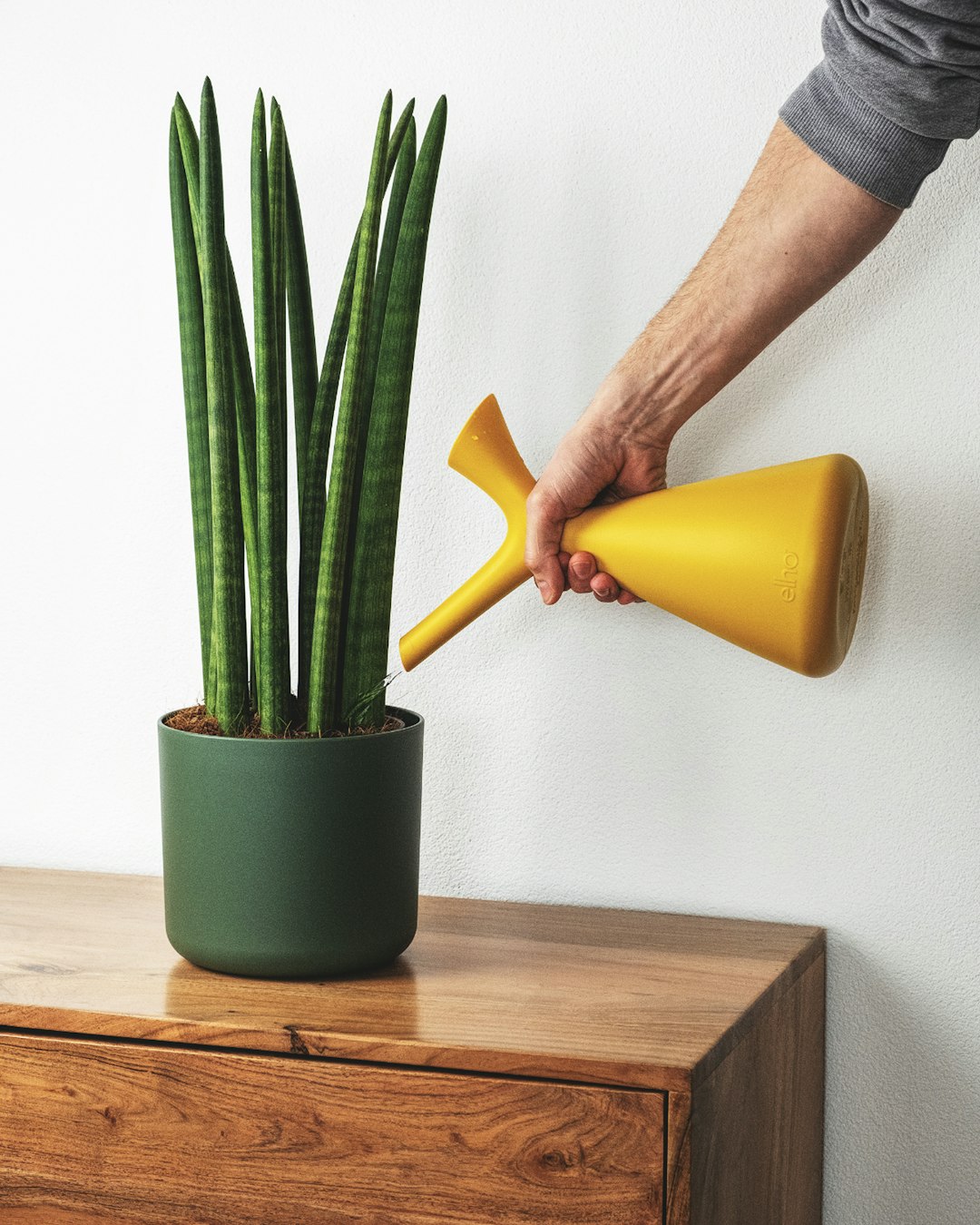
Choosing the Right Pot
Choosing the right pot is crucial for the successful repotting of your indoor plants. The new pot should be only slightly larger than the current one—typically one to two inches bigger in diameter. This ensures the plant has room to grow without excess soil, which can retain too much water and lead to root rot. It's also important to select a pot with adequate drainage holes. Good drainage prevents water from accumulating at the bottom, reducing the risk of overwatering. Additionally, consider the material of the pot. Terra cotta pots are porous and allow moisture to evaporate, which is beneficial for plants that prefer drier conditions. On the other hand, plastic pots retain moisture longer, making them suitable for plants that require consistent moisture. By carefully selecting the right pot, you provide an optimal environment for your plants to thrive and grow robustly throughout the spring.
Best Soil Mixes
Selecting the best soil mix is essential for the health and growth of your indoor plants. Each plant species has specific soil requirements, so it's important to choose a mix that matches their needs. For most houseplants, a well-draining potting mix is ideal. Such mixes typically contain ingredients like peat moss, perlite, and vermiculite, which help retain moisture while ensuring excess water can drain away. For succulents and cacti, opt for a specialized cactus mix that provides excellent drainage and aeration. Orchids, on the other hand, require a chunky, bark-based mix to mimic their natural growing conditions. If you're repotting a plant with specific needs, such as an African violet, use a soil mix formulated specifically for that type. By choosing the right soil mix, you create an optimal growing environment that promotes healthy root development and robust plant growth throughout the spring season.
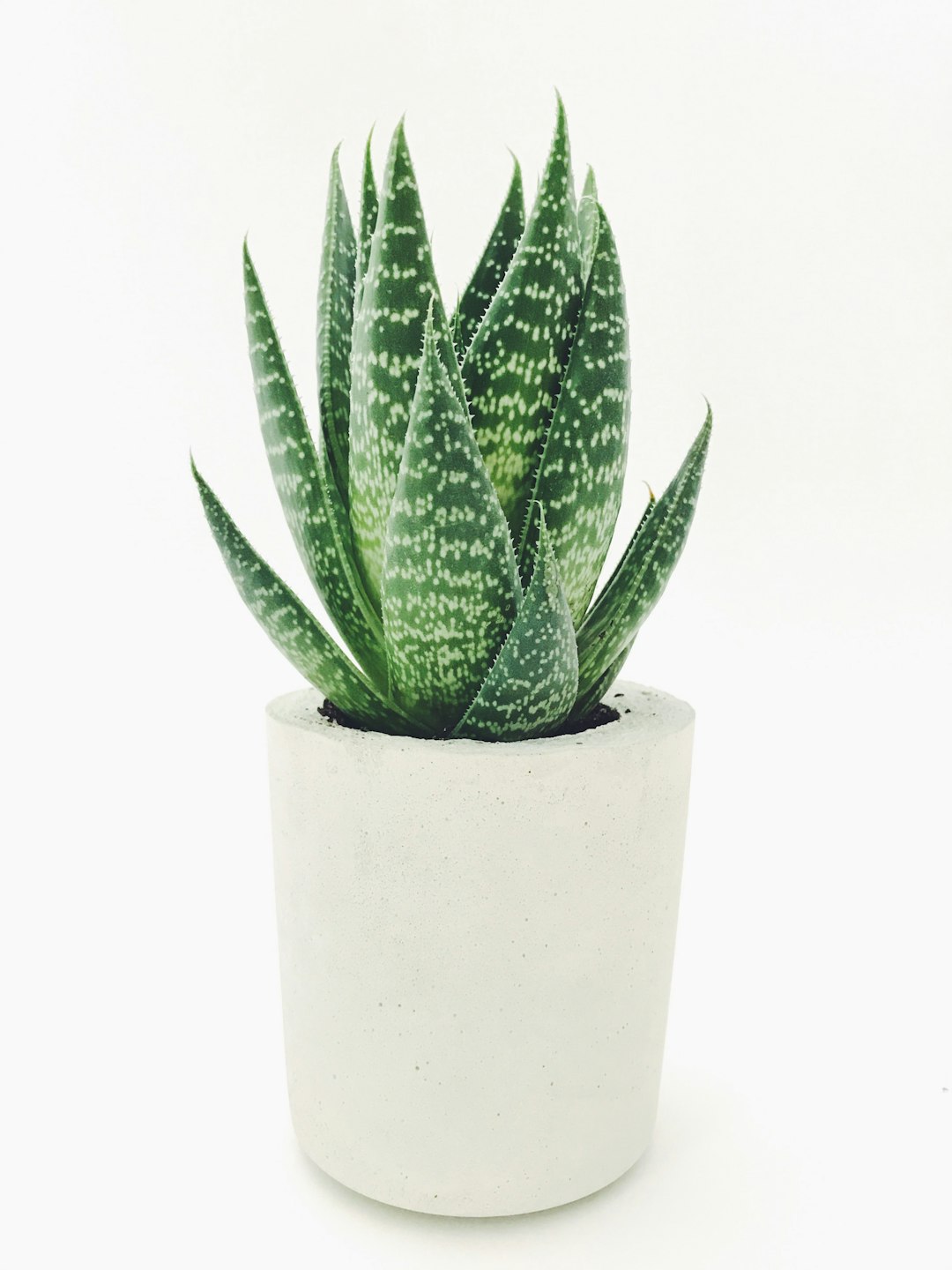
Steps to Repot Properly
Repotting your indoor plants correctly is vital for their health and growth. Follow these steps to ensure a smooth transition:
-
Choose the Right Time: Spring is ideal for repotting, as plants are entering their growth phase.
-
Prepare the New Pot: Select a pot that is one to two inches larger in diameter than the current one. Ensure it has drainage holes.
-
Remove the Plant: Gently loosen the plant from its current pot. If it’s stuck, tap the sides of the pot or use a knife to loosen the edges.
-
Inspect the Roots: Check for healthy white roots and trim away any brown or mushy ones.
-
Add Soil: Place a layer of fresh potting mix in the new pot. Position the plant in the center and fill around it with more soil, ensuring it’s at the same depth as before.
-
Water Thoroughly: Water the plant well to help settle the soil and eliminate air pockets.
By following these steps, you can ensure your plants adapt well to their new pots and continue to thrive.
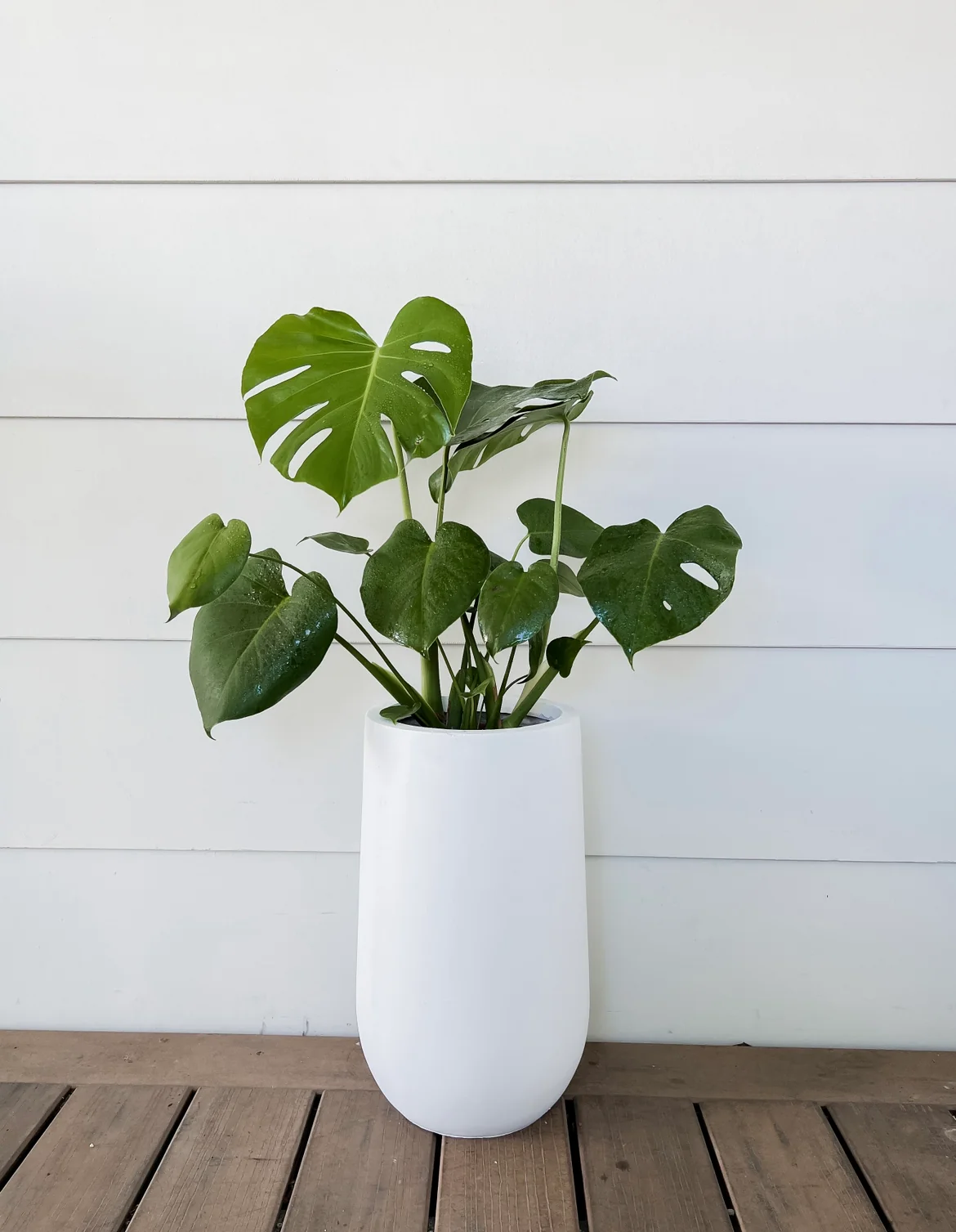
Understand Sunlight Changes
As spring arrives, the angle and intensity of sunlight change significantly. Days become longer, and the sun’s rays grow stronger. This shift can affect your indoor plants, which may need more or less light depending on their specific requirements. To understand these changes, observe the light patterns in your home. Notice where the sun shines most intensely and for how long. Plants that thrived in indirect light during winter might now need to be moved to a spot with filtered sunlight to prevent scorching. Conversely, low-light plants may benefit from the increased daylight and can be placed closer to windows. Adjusting your plants’ positions according to the changing sunlight ensures they receive the optimal amount of light, promoting healthy growth and vibrant foliage throughout the spring season.
Positioning Your Plants
Positioning your plants correctly is crucial to take full advantage of the spring sunlight. Begin by assessing the light needs of each plant. For example, succulents and cacti thrive in bright, direct sunlight and should be placed in south or west-facing windows. On the other hand, ferns and pothos prefer indirect light and should be positioned in east-facing windows or a few feet away from direct sunlight.
If you notice that a plant's leaves are becoming scorched or pale, it might be receiving too much light and should be moved to a shadier spot. Conversely, if a plant appears leggy or its leaves are turning yellow, it may need more light. You can also rotate your plants every few weeks to ensure even light distribution and balanced growth. By carefully positioning your plants, you can create a thriving indoor garden that makes the most of spring's increased daylight hours.


